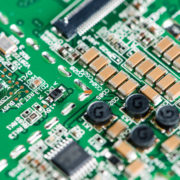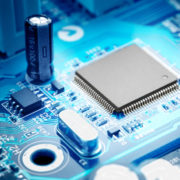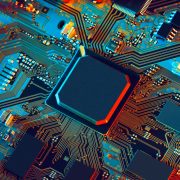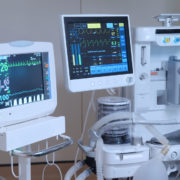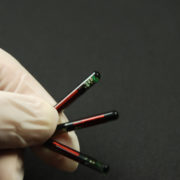ASIC Chip in The World Of AI: An Overview
Artificial intelligence (AI) technologies have a basic need for application specific integrated circuit (ASIC) chips. The ASIC chip allows programming of instructions to operate as an accelerator for simultaneous algorithms.
An ASIC chip basically enables multiple AI algorithms to operate simultaneously without compromise to its computing power. This makes it more advantageous than other technologies, which will likely be the future of AI training and development.
Development of AI technology
Basically, there are several silicon options for training and development of AI technology aside from ASICs. Such would include central processing units (CPUs), field programmable gate arrays (FPGAs), and graphical processing units (GPUs).
The use of CPUs offers a great level of programmability, but they tend to give less power in terms of performance compared to dedicated and optimized hardware chips.
FPGAs, however, are so flexible and they have great performance, ideal for specialized applications that require a small volume of reprogrammable microchips.
FPGAs, on the other hand, are expensive and very hard to make. In fact, in comparison to ASICs and GPUs, they still can falter in terms of performance and power. That said, GPUs are ideal for graphics, scientific algorithms, and underlying matrix operations.
Ideally, ASICs is the best option to accomplish a very specific task at high efficiency, performance, and power as it is a customizable chip.
Role of ASIC Chips for AI
- ASIC chips are microchips that are created for a particular application
- Their logic can be programmed to test an AI model without dedicating its resources or affecting any other task
- They have faster computing power in comparison to regular CPUs, FPGAs, and GPUs
Technologies using ASIC Chips
Since ASICs support AI and similar algorithms, here are examples of technologies able to benefit from it:
- Tensor processing units (TPUs) of Google, a series of ASICs created for machine learning
- Deep learning unit from Fujitsu
- Intel to release AI ASICs in the near future
ASIC chips perform specific computer operations and run a narrow and specific AI algorithm function. Since chips carry the workload in parallelism, AI algorithms accelerate faster using an ASIC chip.
Need a proposal for your ASIC chip project? Click here!
Linear MicroSystems, Inc. is proud to offer its services worldwide as well as the surrounding areas and cities around our Headquarters in Irvine, CA: Mission Viejo, Laguna Niguel, Huntington Beach, Santa Ana, Fountain Valley, Anaheim, Orange County, Fullerton, and Los Angeles.




